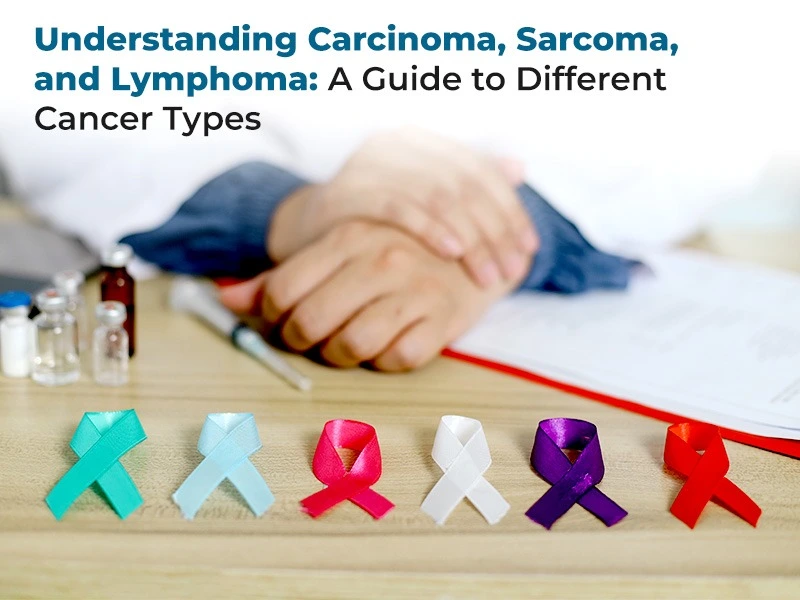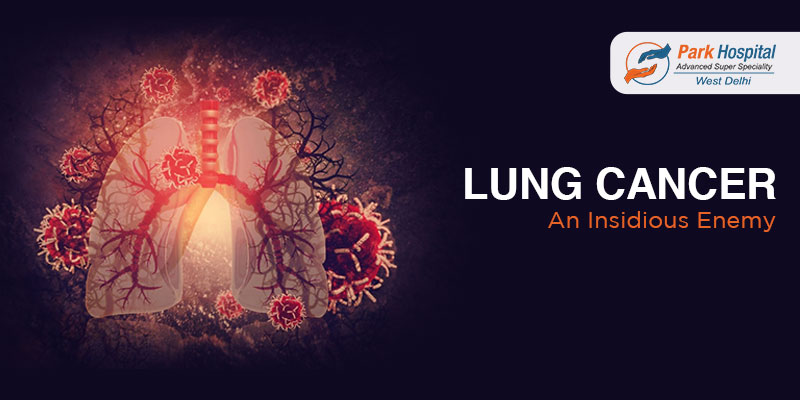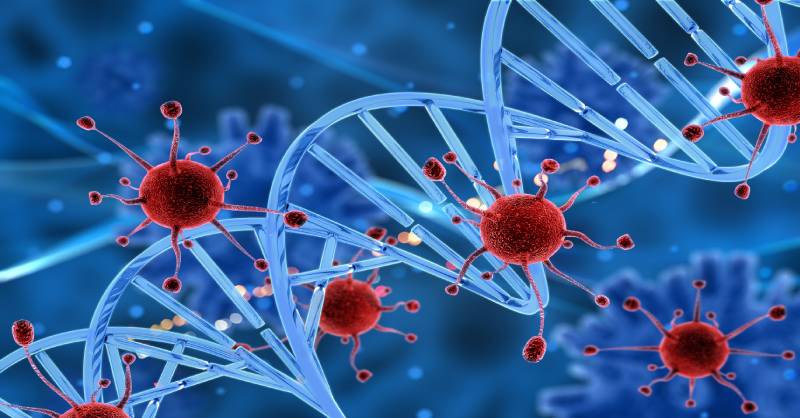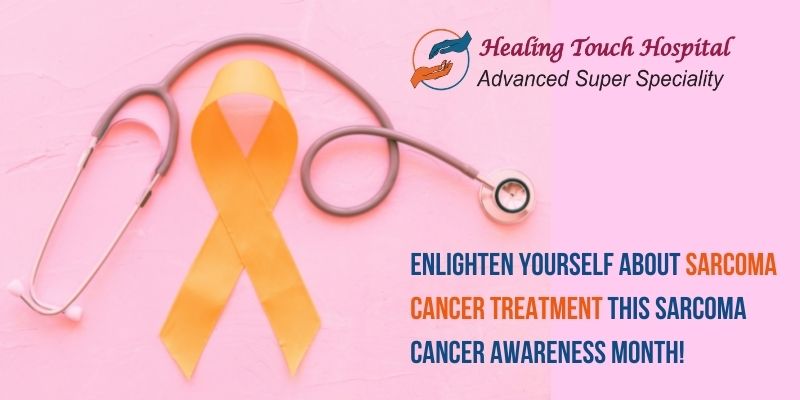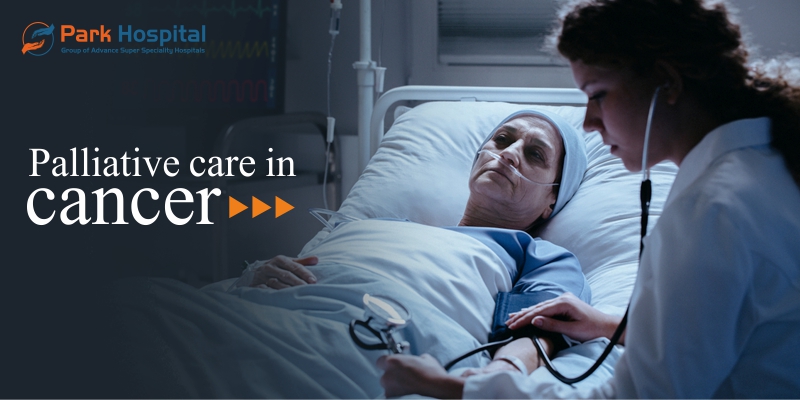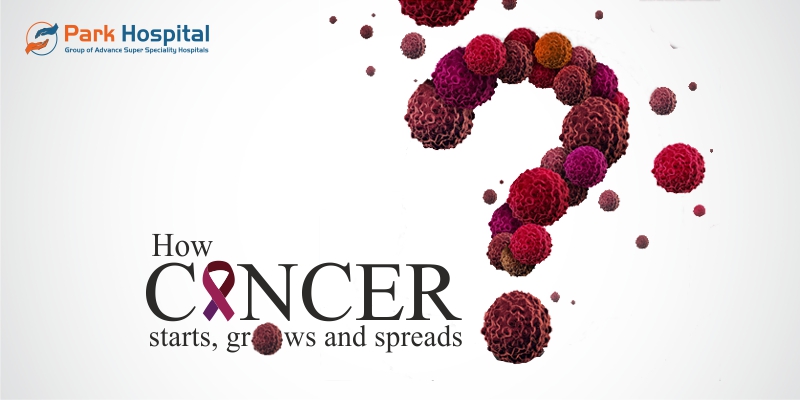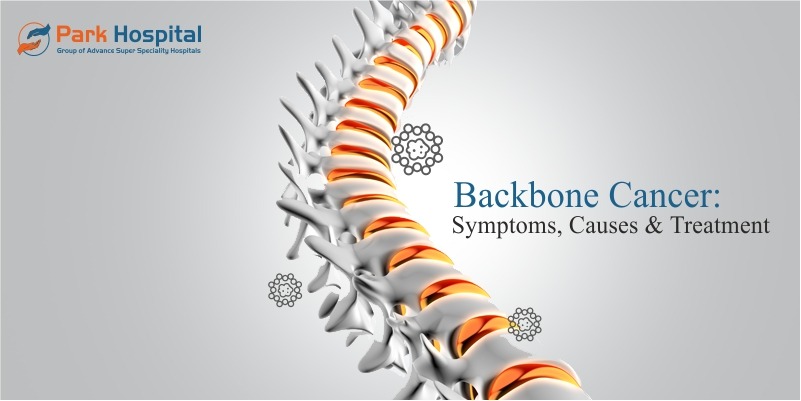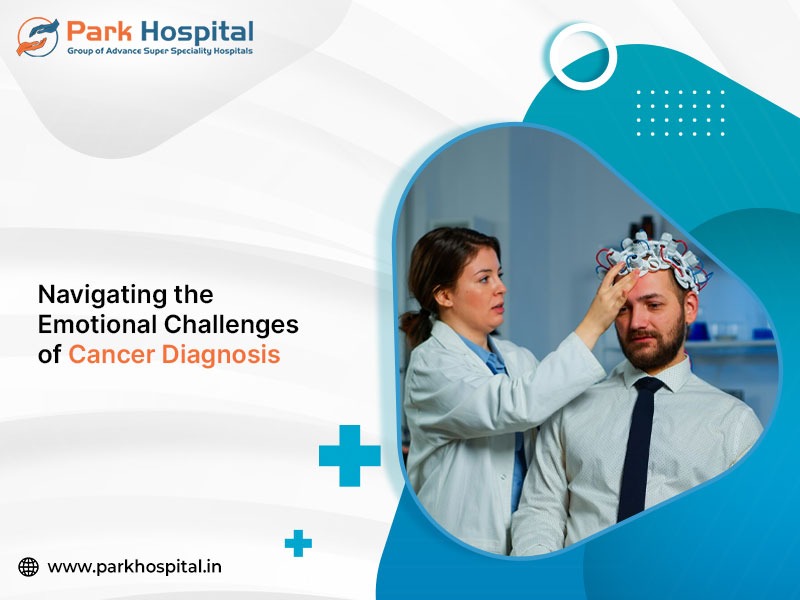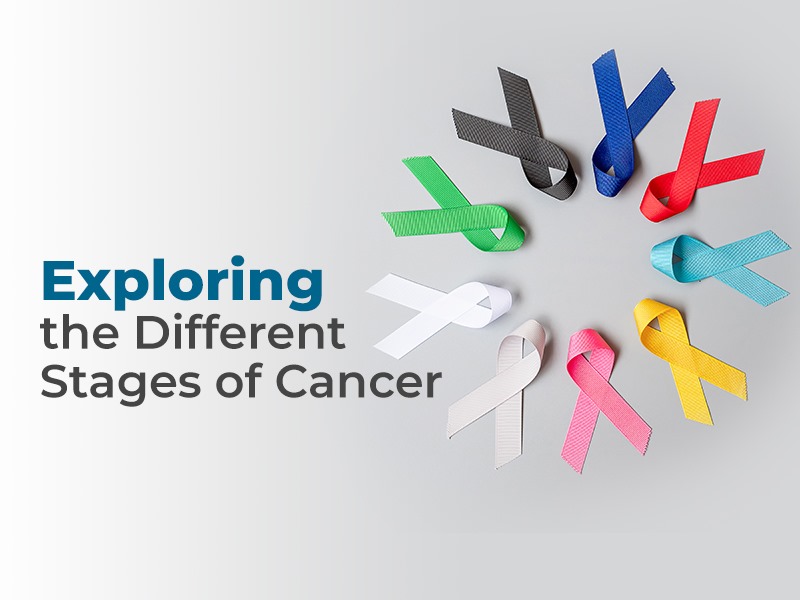Cancer is a disease where cells in the body start growing uncontrollably. It can begin in different parts of the body, and how it develops depends on the type of cancer. Among the many kinds, three are particularly important to understand—carcinoma, sarcoma, and lymphoma. While these names might sound complex, knowing their differences can help in recognising symptoms and treatment options.
Carcinoma: The Most Common Type of Cancer
Carcinoma is the most frequently diagnosed cancer. It starts in the cells that cover the inside and outside surfaces of the body, such as the skin and the lining of organs. This type can develop in the lungs, breasts, colon, prostate, and skin.
Some common types of carcinoma include:
● Adenocarcinoma – Found in glandular tissues like the breast, prostate, and digestive system.
● Squamous Cell Carcinoma – Often affects the skin, throat, or lungs.
● Basal Cell Carcinoma – A slow-growing type of skin cancer.
● Transitional Cell Carcinoma – Occurs in the bladder and urinary tract.
Carcinoma can sometimes stay in one area of the body for a long time, but it may also spread to other parts of the body if not treated. Park Hospital, a multispeciality health institute, including a cancer hospital in Delhi, suggests that the symptoms can include skin changes, lumps, long-lasting pain, and unexplained weight loss. Smoking, excessive sun exposure, and exposure to harmful chemicals increase the risk over the course of time.
Treatment depends on the type and stage but often includes surgery, radiation therapy, and chemotherapy. More advanced options like targeted therapy and immunotherapy have helped improve survival rates, especially for lung and breast cancer.
First Course of Action for Carcinoma
Carcinomas are often detected through routine screenings like mammograms and colonoscopies. If diagnosed early, surgery is usually the first step to remove the tumour. In cases where the cancer has spread, chemotherapy, radiation therapy, or targeted drug treatments may be recommended as the initial approach.
Sarcoma: Cancer That Starts in the Body's Supportive Tissues
As per the best cancer specialist in Jaipur, sarcoma is less common than carcinoma but can be more aggressive. It starts in connective tissues such as bones, muscles, fat, cartilage, and blood vessels. Because sarcomas develop deep inside the body, they can be challenging to detect early.
Types of sarcoma include:
● Osteosarcoma – A bone cancer that primarily affects teenagers and young adults.
● Liposarcoma – Develops in fat tissue, often in the legs or abdomen.
● Leiomyosarcoma – Starts in smooth muscle tissue, including the uterus and intestines.
● Angiosarcoma – Forms in blood or lymphatic vessels and can be linked to previous radiation exposure.
Sarcomas often cause lumps under the skin, swelling, bone pain, or even unexpected fractures. Unlike carcinomas, sarcomas are not strongly linked to lifestyle habits. Instead, genetic factors, previous radiation exposure, or unknown causes may trigger their development.
First Course of Action for Sarcoma
Sarcomas are often detected when a patient notices a deep lump or experiences pain in bones or soft tissues. Because they grow in supportive structures, surgery is typically the first treatment to remove the tumour. If the tumour is aggressive or large, chemotherapy or radiation may be used before or after surgery to shrink or eliminate remaining cancer cells.
Lymphoma: Cancer of the Immune System
Lymphoma is a cancer that affects the lymphatic system, which is part of the immune system. It begins in white blood cells called lymphocytes, which help the body fight infections. Unlike carcinomas and sarcomas, lymphomas do not always form solid lumps but instead spread through the lymph nodes and blood.
There are two main types of lymphoma:
● Hodgkin Lymphoma – This type has a high cure rate at the best oncology hospital in Delhi and is identified by a specific kind of cell called a Reed-Sternberg cell.
● Non-Hodgkin Lymphoma (NHL) – A broader category that includes many different lymphomas, some of which grow slowly while others spread quickly.
Symptoms of lymphoma can include swollen lymph nodes, night sweats, fever, ongoing tiredness, and unexplained weight loss. The risk increases with immune system problems, certain viral infections, and exposure to certain chemicals.
Treatment options depend on the type and stage of lymphoma but usually include chemotherapy, radiation, and immunotherapy. A newer method, called CAR-T cell therapy, uses the body's own immune cells to attack cancer and has been highly effective for some patients.
First Course of Action for Lymphoma
Lymphoma is usually diagnosed through blood tests, biopsies, and imaging scans. Unlike carcinomas and sarcomas, surgery is rarely the first step because lymphoma spreads through the immune system rather than forming solid tumours. The initial treatment is often chemotherapy, targeted therapy, or immunotherapy, depending on the specific type and stage.
How These Cancers Differ
Carcinomas, sarcomas, and lymphomas are distinct from one another in several ways:
1. Carcinomas start in the body's outer and inner surfaces, often forming solid tumours.
2. Sarcomas develop in the body's supportive structures, like bones and muscles, and can be harder to detect.
3. Lymphomas affect the immune system and may not always cause solid tumours; instead, they spread through the lymph nodes and bloodstream, as per the medical professionals at the best oncology hospital in Delhi.
The Future of Cancer Treatment
Cancer treatments are evolving quickly. Immunotherapy, which helps the body's immune system fight cancer, is making a big difference in treating lymphomas and some carcinomas. Genetic testing also helps doctors find targeted treatments for certain cancers. Early detection, personalised medicine, and improved surgical techniques are making cancer treatment more effective and less invasive.
While cancer remains a challenging disease, better awareness of different types helps people recognise symptoms earlier and seek medical advice sooner. Whether dealing with carcinoma, sarcoma, or lymphoma, ongoing research is leading to more treatment options and better outcomes for patients.
For those seeking expert diagnosis and treatment, Park Hospital offers advanced cancer care with a team of specialists dedicated to personalised treatment plans. From early detection to cutting-edge therapies, we provide comprehensive support to ensure the best possible outcomes for patients.
Also Read About:
Understanding Different Types of Kidney Treatments: Dialysis vs. Transplant

